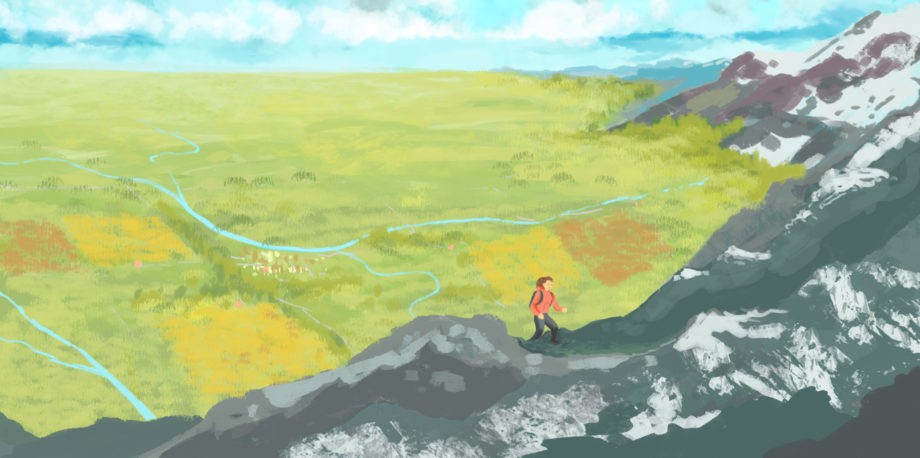Opinion: If we want to increase trust in science, we need to direct more research dollars to rural America
Pandemic relief funding should provide a much-needed boost to scientific research. And we should steer those dollars toward where they can do the most good.
This article is written by Heidi Steltzer and was originally published on the Ensia website here.
May 7, 2020 — In rural regions of the U.S., distrust in science is relatively high. The consequences of this are huge, because rural votes affect who is elected to govern and whether the decisions they make are consistent with the best available science. If rural residents elect influential politicians who distrust science, U.S. leadership on global issues suffers. Our nation and others are exposed to greater risk around issues like climate change and pandemic response.
As the U.S. House and Senate plan for further pandemic relief funding for America, they should make sure some of that money goes toward supporting science — and in particular, science at rural colleges and universities.
Trust in science will grow if scientists are part of rural communities. Such funding will bring more scientists to rural communities. And trust in science will grow if scientists are part of rural communities. As a scientist at a rural college, I’m often asked if climate change is real. People trust my answer, not because I’ve studied climate change impacts and am a lead author on a 2019 Intergovernmental Panel on Climate Change report, but because they know me as a neighbor and a friend.
Trust is just one reason to steer science funding toward rural colleges and universities. These institutions offer an opportunity to involve local communities in science. I learn from members of my community what they think should be part of my research. Without community involvement, science may not be aligned with community priorities and consequently go unused.
Research at rural institutions also improves our understanding of nature’s benefits in every corner of the country, from providing refuge for diverse species, to nurturing crops, to supporting an abundance of marine life. In Colorado, I study how people affect mountain snowpack and how mountain snowpack affects plants, water supply and people. This natural wealth that surrounds rural schools is our national savings, and without rural science we do not know how much money is in the bank or how fast we are spending it.
COVID-19 has brought to light yet another advantage of funding science at rural colleges and universities. The pandemic is putting some global change science on hold, leaving critical environmental data sets uncollected. But, as a rural scientist, I can hire students and conduct research in our area, even with travel restricted. With the help of pandemic relief funding, we could study how the mountains in which we live are responding to this great shift in human activity.
We purchase new equipment from the housewares aisle at Walmart and use old equipment donated by retiring scientists.Though great science can happen in rural America, rural scientists currently face huge financial limitations. To overcome this, we purchase new equipment from the housewares aisle at Walmart and use old equipment donated by retiring scientists. It’s not an environment conducive to attracting more scientists and students. We need to change that now, by providing funding to grow science in rural regions.
Federal funding for research could be a lifeline for rural schools. Modern equipment and real lab spaces would be game changers. Field stations could ensure that we can study tundra landscapes and deserts and their connection to our well-being. Recovery dollars could help rural institutions hire and retain new faculty by offering the resources they need.
Pandemic-related relief funding that goes to science should not simply support existing research and new positions where science is already thriving. Choices for funding need to be strategic. They need to be equitable. They should support rural science to build a better future for us all.
Editor’s note: The views expressed here are those of the author and not necessarily of Ensia. We present them to further discussion around important topics. We encourage you to respond with a comment below, following our commenting guidelines, which can be found on this page. In addition, you might consider submitting a Voices piece of your own. See Ensia’s Contact page for submission guidelines.
This article has been republished under the Creative Commons’ Attribution-NoDerivs 3.0 Unported license.
Cover illustration by Sean Quinn, republished with permission by Ensia.
Related Posts
By accepting you will be accessing a service provided by a third-party external to https://www.mountainresearchinitiative.org/








